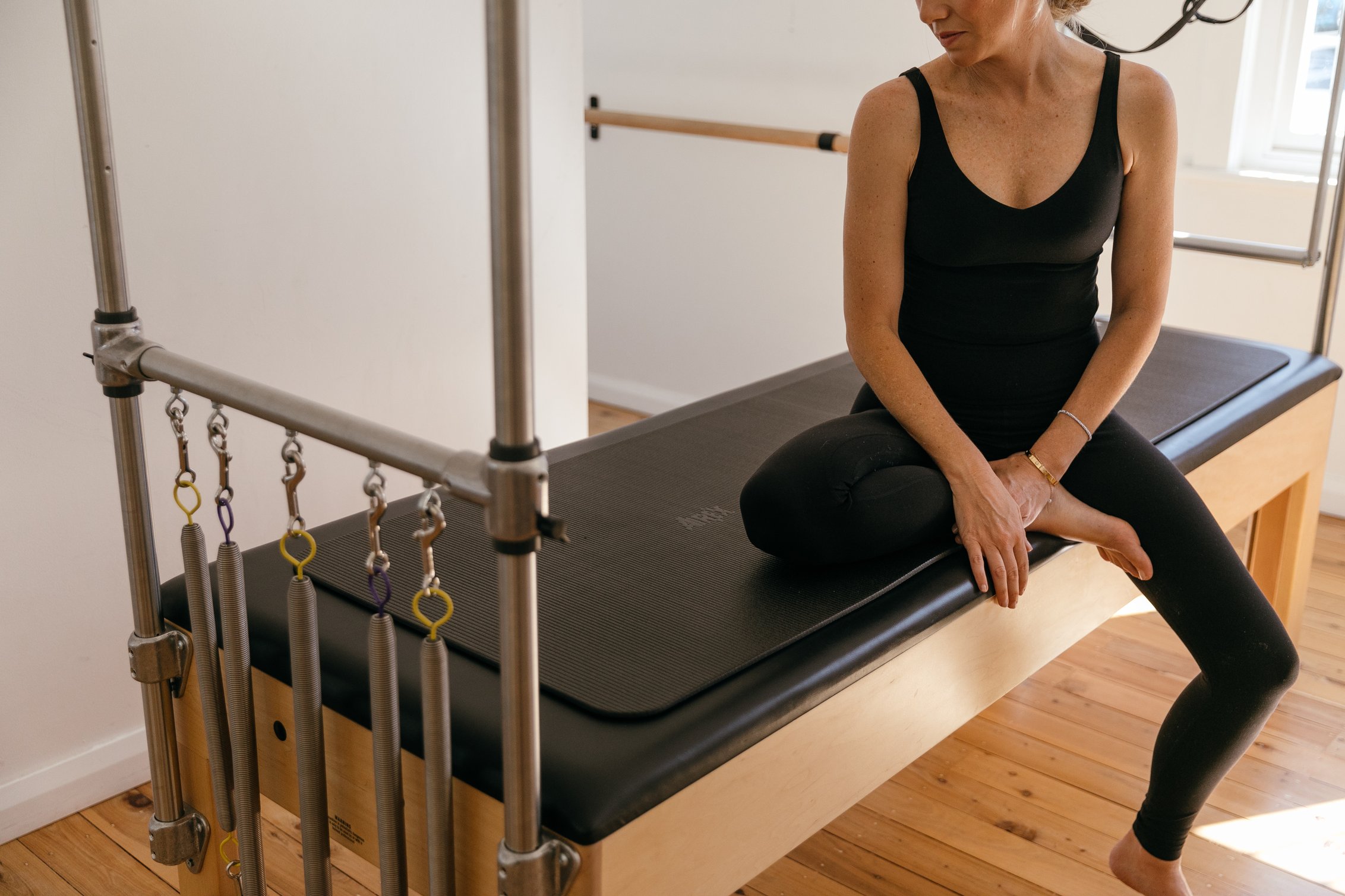By Georgia Hartmann
Naturopath, Nutritionist & Women’s Health Expert
Do you suffer from period pain?
Period pain, medically termed dysmenorrhoea (dis-men-or-he-a), refers to pelvic pain directly related to menstruation.
Each month, the uterus prepares itself for pregnancy by growing a thick lining that has a rich blood supply. If pregnancy does not occur, the blood vessels open, the lining sheds off the uterine wall, and the uterine muscle contracts to expel the blood and tissue. Hello, period.
While it’s completely normal for women to experience a lower abdominal cramping sensation during their period─which is simply a response to the release of prostaglandins (hormone-like compounds that constrict and dilate blood vessels)─it’s not normal to experience throbbing, burning, or stabbing pain that lasts many days and often occurs in between periods. Though, up to 91% of women experience this type of period pain.[1]
There are two types of period pain. Primary dysmenorrhoea refers to painful period with no underlying gynaecological pathology, i.e. everything looks “normal”. In this scenario, I see hormonal imbalance a key driver. Having more oestrogen and less progesterone can cause a higher level of prostaglandins, in turn causing more painful periods.[1]
The second type of period pain is secondary dysmenorrhoea, which refers to a painful period with an identifiable gynaecological pathology. In this scenario, the presence of endometriosis, adenomyosis, uterine fibroids, or pelvic inflammatory disease is often the cause of painful periods as they are associated with increased prostaglandin release. [1]
While it is important that you distinguish whether the period pain you experience is primary or secondary─as this determines the specific investigations and treatments required─there are many things you can start implementing today to ease prostaglandin release and therefore lessen period pain, irrespective of whether you are experiencing primary or secondary dysmenorrhoea. Exercise is a great place to start.
Regular exercise is an effective, easy and low-cost strategy known to improve mood, energy, sleep quality, stress response, and manage symptoms of anxiety and depression. [2-6]
Exercise also acts as an analgesic, or “pain-reliever”. In relation to period pain, regular exercise improves pelvic blood circulation, stimulates the release of beta-endorphins (which alters our perception of pain), and reduces the production of prostaglandins.[7-10] So while exercise may be the last thing you want to do when you experience period pain, it is in fact one of the most effective treatment options.
Scientific research actually shows that regular low-intensity exercise, such as gentle pilates and stretching, exerts the largest reduction in pain compared to the use of ibuprofen, a common over the counter medication used by many women for period pain.[9,10] So what are you waiting for? Jump on your mat for a quick Fluid Form At Home class!
It is to note, that while exercise is fantastic for period pain and must be apart of your daily routine, many women often experience other crippling symptoms such as vomiting, nausea, diarrhoea, headaches, and leg pain. If you experience any of these, it is best you seek expert guidance to ensure you are addressing the cause of your pain. You can book your one-on-one consultation with our in-house naturopath, Georgia, here.
References:
[1] Ju, H., et al. The prevalence and risk factors of dysmenorrhea. Epidemiological Reviews, 2014. 36. PMID: 24284871.
[2] Chan, J.S.Y., et al. Therapeutic Benefits of Physical Activity for Mood: A Systematic Review on the Effects of Exercise Intensity, Duration, and Modality. Journal of Psychology, 2019. 153(1). PMID: 30321106.
[3] Wood, C.J., et al. Physical fitness and prior physical activity are both associated with less cortisol secretion during psychosocial stress. Anxiety, Stress and Coping, 2018. 31(2). PMID: 29037088.
[4] Larun, L., et al. Exercise therapy for chronic fatigue syndrome. Cochrane Database of Systematic Reviews, 2017. PMID: 28444695.
[5] Stonerock, G.L., et al. Exercise as Treatment for Anxiety: Systematic Review and Analysis. Annals of Behavioural Medicine, 2015. 49(4). PMID: 25697132.
[6] Mammen, G., et al. Physical activity and the prevention of depression: a systematic review of prospective studies. American Journal of Preventative Medicine, 2013. 45(5). PMID: 24139780.
[7] Bavil, D.A., et al., A comparison of physical activity and nutrition in young women with and without primary dysmenorrhea. F1000Research, 2018. 7. PMID: 30228874.
[8] Matthewman, G., et al. Physical activity for primary dysmenorrhea: a systematic review and meta-analysis of randomized controlled trials. American Journal of Obstetrics & Gynecology, 2018. 219(3). PMID: 29630882.
[9] Macêdo de Araújo, L., et al. Pain improvement in women with primary dysmenorrhea treated with Pilates. Revista Dor, 2012. 13(2).
[10] Armour, M., et al. The effectiveness of self-care and lifestyle interventions in primary dysmenorrhea: a systematic review and meta-analysis. BMC Complementary & Alternative Medicine, 2019. 19(1). PMID: 30654775.
About the author: Having been diagnosed with Premature Ovarian Failure two years prior to conceiving her first child naturally, Georgia’s passion lies within helping women overcome their hormonal imbalances through the blend of conventional and complementary medicine. For additional support, you can book one-on-one online consultations with Georgia, meaning you can be anywhere in the world! Contact Georgia via:





